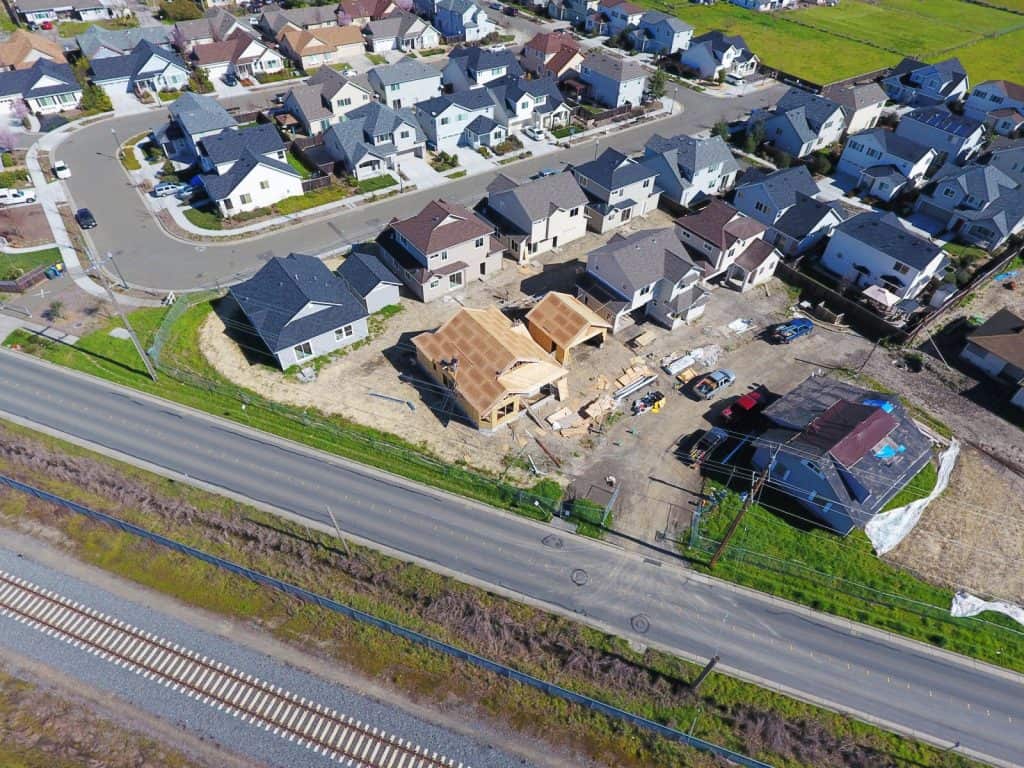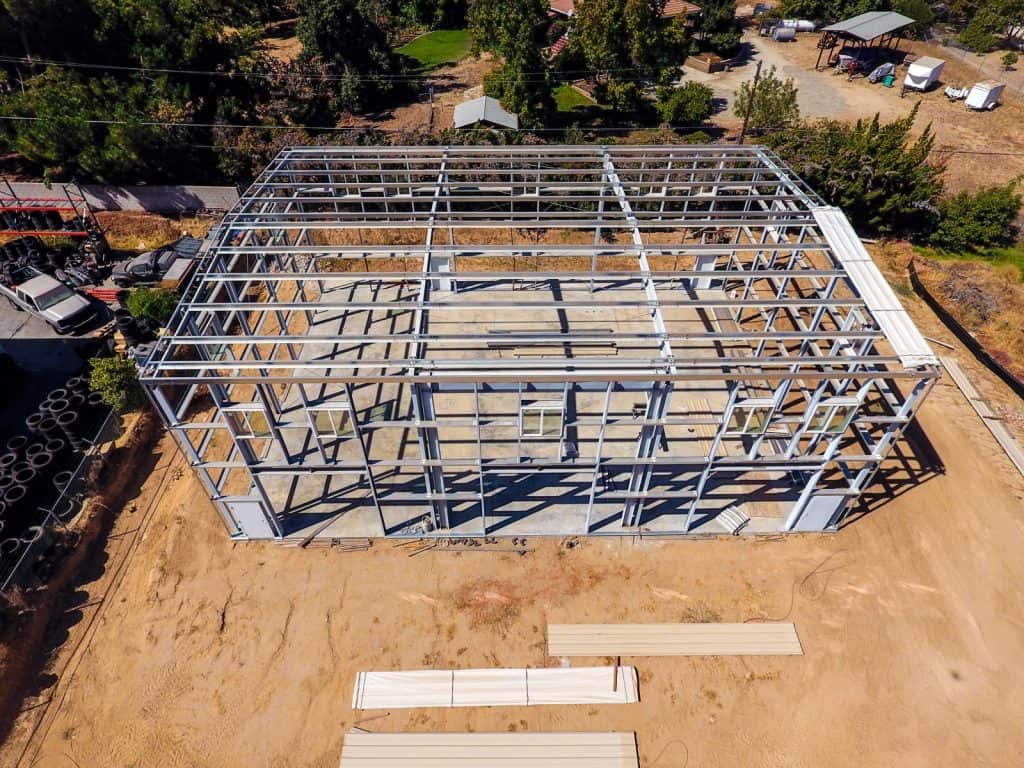Do You Have A Project We Can Help With?
Drones in the Insurance Industry
Drones, officially known as unmanned air vehicles (UAVs), are capturing the public’s interest today thanks to their ability to go just about anywhere and do many things. Drones aren’t just hobbyists’ toys, however. A wide range of businesses, such as real estate, construction, and insurance companies are discovering that these new kinds of flying machines can take over jobs that were once very difficult, if not impossible, for humans to handle.
Thanks to their size and versatility, drones can handle inspections and investigations quickly in what would have previously taken days if not weeks to complete. Insurance companies in particular are discovering drones are ideal for field service and handling investigative chores.

Insurance adjusters particularly appreciate the advent of drone use in the investigative component of their jobs. Drones can get into or around areas of a building that would be very dangerous for human inspectors to get to. A roof damaged by a windstorm or hailstorm, for instance, might not be able to safely support an investigator. However, the roof damage could be viewed up close thanks to an aerial drone inspection.
A drone can easily be flown to photograph a damaged area, helping the investigator avoid potential serious injury while on the job. When widespread damage occurs after a major disaster like a tornado or earthquake, homes and other buildings that have become inaccessible can be reached much more easily by drones. Even winter weather damage such as ice dams resulting from storms or blizzards can be assessed by drones when field service workers can’t easily leave their own homes.
When it comes to necessary inspections, business owners know well that insurance investigators are hard-working and often overworked individuals who might not be able to get to a physical location themselves for days or even weeks. Whether the inspection is to meet state or federal regulations or is necessary so that business owners can move forward more quickly with planned changes to insurance coverage, the wasted time is frustrating for business owners. Drones for insurance investigation can eliminate the often uncertain waiting period so that business owners must endure before they can move forward with their plans. Insurance policy holders as well as the companies themselves have discovered to their surprise that drone inspections tend to be much less disruptive to daily operations. Customers are starting to embrace their insurers’ use of drones.

Benefits of using aerial drones in insurance claims investigations
Insurance companies can reap the rewards of using aerial drones to conduct inspections and investigations in a number of different ways. Safety concerns, of course, are one of the primary problems insurance adjusters face whenever they climb a ladder to a roof or crawl into a damaged building. Customers are no longer willing to wait days or weeks for service—drones can respond in hours. Using drones to survey damage or assess a property for insurance purposes gives customers the immediate response times they now expect from service providers.
Another facet of insurance investigation in which drone inspection can be particularly useful is the area of suspected fraud. False claims of damage due to severe storms, for example, are on the rise in the insurance industry. Drones can offer valuable before and after data that factually documents the impact a storm has had on a property. Even when a building is severely damaged or totally destroyed, prior drone inspections provide necessary information on its square footage, number of rooms and special features. This information is valuable when customers dispute claims with their insurers.
Risk analysis is an area of insurance coverage that doesn’t remain stagnant. Conditions that affect buildings and property change, sometimes quickly and unexpectedly. Heavy rains lead to rises on nearby rivers or creeks, causing them to flood, or wind storms bring limbs and trees down on streets, cars and homes. Analyzing the probability that these conditions will occur is an important component of an insurance company’s services to its customers. Employing drones for field service in risk analysis is an excellent use of their capabilities.
Adjusters who are frequently overworked by sudden storms and a multitude of claims can also use drones for field service in areas where they just don’t have time to go or can’t otherwise reach. Drones can be used to collect continual data from areas that seem to have higher risks, giving homeowners and business owners the information they need to make informed decisions about building on or expanding property in areas that might otherwise be too risky to consider for dwellings or businesses.

The Build vs. Buy Argument
The up-front costs of purchasing drones for insurance investigations as well as the restrictions put on their use by the FAA might be something that turns off a business to their use. In particular, since the drones aren’t being used for recreational activities, they fall under Federal Aviation Administration (FAA) regulations. While the FAA is still finalizing some of its rules concerning commercial use of drones, these tools must be registered with the agency. A business or company that wants to use drones must apply to the FAA for permission to do so. The people responsible for flying the drones must also be licensed. There are various other regulations including one that states that drones can’t be used within five miles of a commercial airport with air traffic controllers. For these reasons, contracting with a professional drone company to handle aerial inspection can be a great course of action.
Insurance companies are discovering that drones offer immense benefits by saving them time and money. Firms that use drone inspection in addition to adjusters can realize great financial savings which they can then pass onto their customers.
Get A Quote Today
Please fill out this form to let us know how we can help you better.
